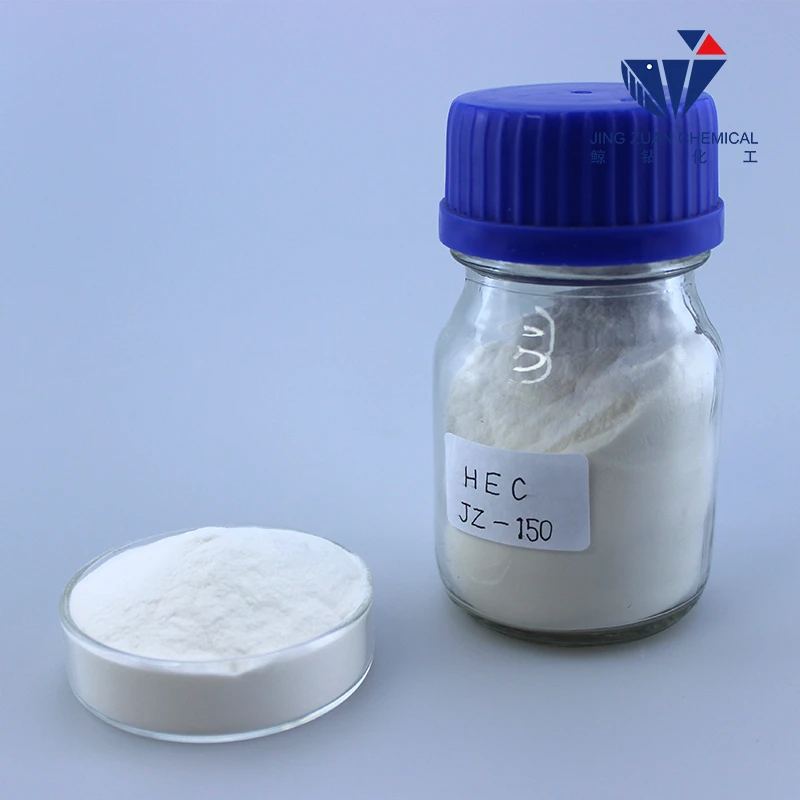
సెప్టెం . 18, 2024 19:43 Back to list
how is hydroxyethyl cellulose made
How is Hydroxyethyl Cellulose Made?
Hydroxyethyl cellulose (HEC) is a versatile non-ionic water-soluble polymer derived from cellulose, which is a naturally occurring polysaccharide found in the cell walls of plants. HEC is widely used in various industries, including pharmaceuticals, personal care products, construction, and food. The manufacturing process of hydroxyethyl cellulose is intricate and involves several key steps, each crucial for ensuring the quality and functionality of the final product.
The production of hydroxyethyl cellulose begins with cellulose, which is typically extracted from wood pulp or cotton. The cellulose is then subjected to a series of treatments to purify it and prepare it for etherification. This process usually involves bleaching and washing to remove any impurities and colorants, ensuring that the cellulose is of high purity.
Once the cellulose is purified, it undergoes etherification, which is the core process in the production of HEC. In this step, the cellulose is reacted with ethylene oxide in the presence of an alkaline catalyst, such as sodium hydroxide. The alkaline environment is necessary to facilitate the reaction between the hydroxyl groups on the cellulose and the ethylene oxide. During this process, ethylene oxide molecules are introduced into the cellulose structure, resulting in the formation of hydroxyethyl groups. The degree of substitution, which refers to the average number of hydroxyethyl groups added to each anhydroglucose unit of cellulose, can be controlled during this step, and it significantly influences the properties of the final product.
After the etherification reaction, the mixture typically goes through neutralization to remove excess alkali and to stop the reaction. This step is critical to ensure that the resulting HEC has a neutral pH, which is important for many applications, especially in personal care formulations.
how is hydroxyethyl cellulose made

Following neutralization, the hydroxyethyl cellulose is precipitated out of the solution, often using an alcohol such as ethanol or isopropanol. This process helps in isolating the polymer from the reaction mixture. The precipitated HEC is then washed to remove any residual solvents or unreacted materials.
Once separated, the hydroxyethyl cellulose is usually dried to remove moisture. This can be done using various drying techniques, such as air drying or vacuum drying, depending on the desired moisture content and physical characteristics of the final product. After drying, the HEC is milled into a fine powder, which makes it easy to handle and incorporate into various formulations.
Quality control is an essential aspect of the manufacturing process. The final product undergoes rigorous testing to ensure that it meets specified standards for purity, viscosity, and other functional properties, making it suitable for its intended applications.
In summary, the production of hydroxyethyl cellulose involves a detailed process of purification, etherification, neutralization, precipitation, drying, and quality control. Each step is critical to ensure that the resulting hydroxyethyl cellulose is of high quality and meets the diverse needs of its many applications across different industries. The versatility of HEC continues to contribute to its popularity in various formulations, making it a valuable component in modern formulations.
-
Versatile Hpmc Uses in Different Industries
NewsJun.19,2025
-
Redispersible Powder's Role in Enhancing Durability of Construction Products
NewsJun.19,2025
-
Hydroxyethyl Cellulose Applications Driving Green Industrial Processes
NewsJun.19,2025
-
Exploring Different Redispersible Polymer Powder
NewsJun.19,2025
-
Choosing the Right Mortar Bonding Agent
NewsJun.19,2025
-
Applications and Significance of China Hpmc in Modern Industries
NewsJun.19,2025







